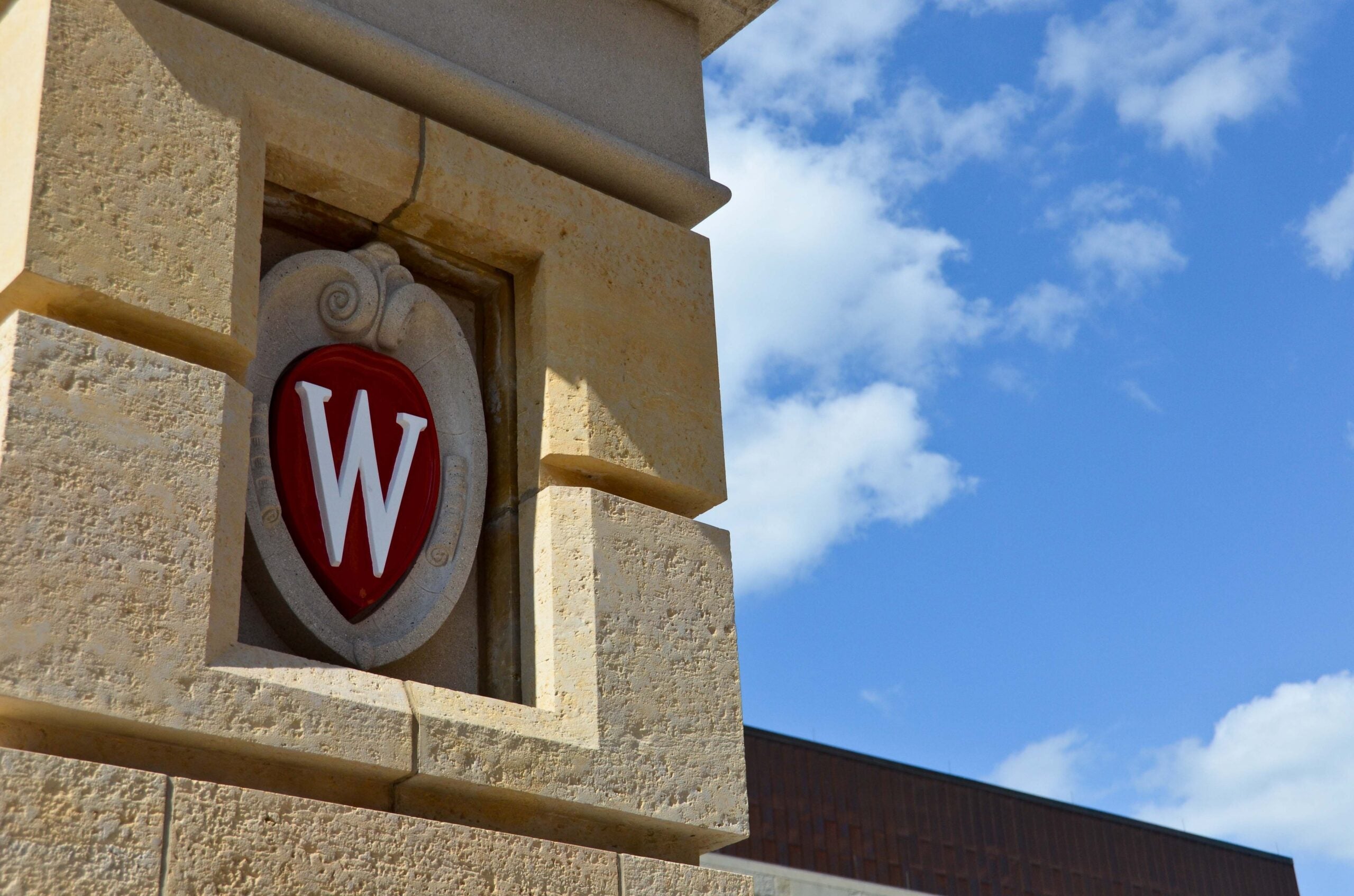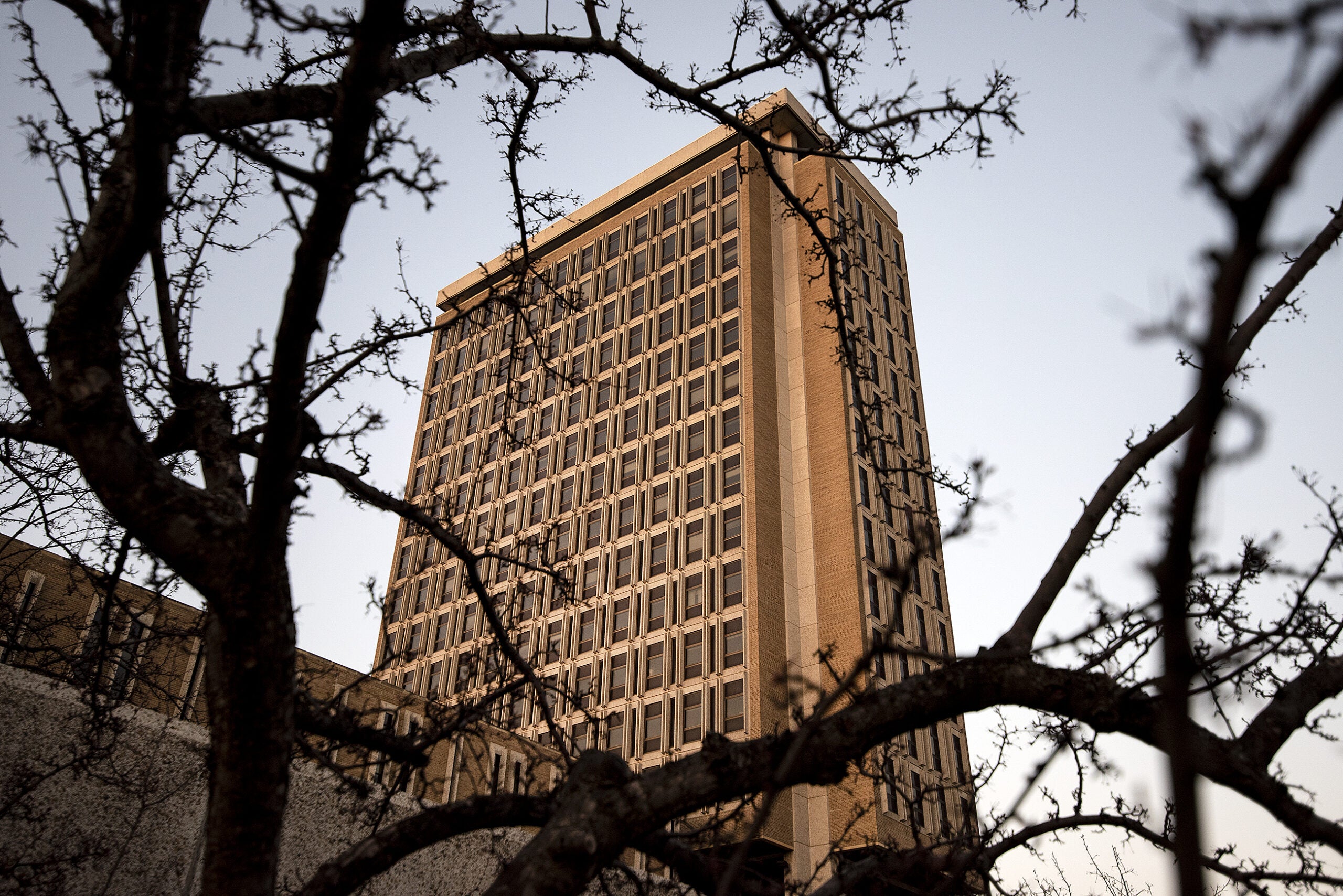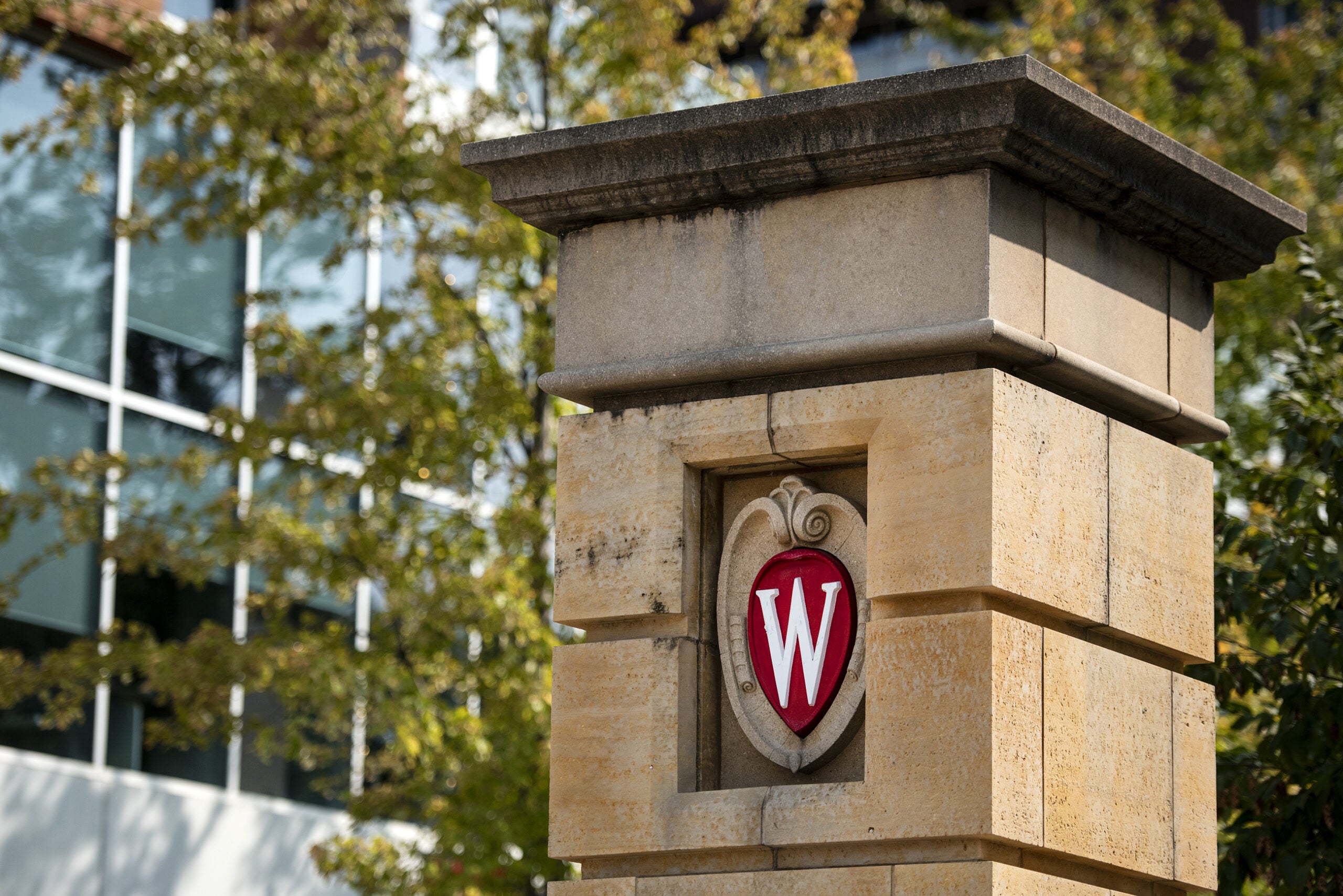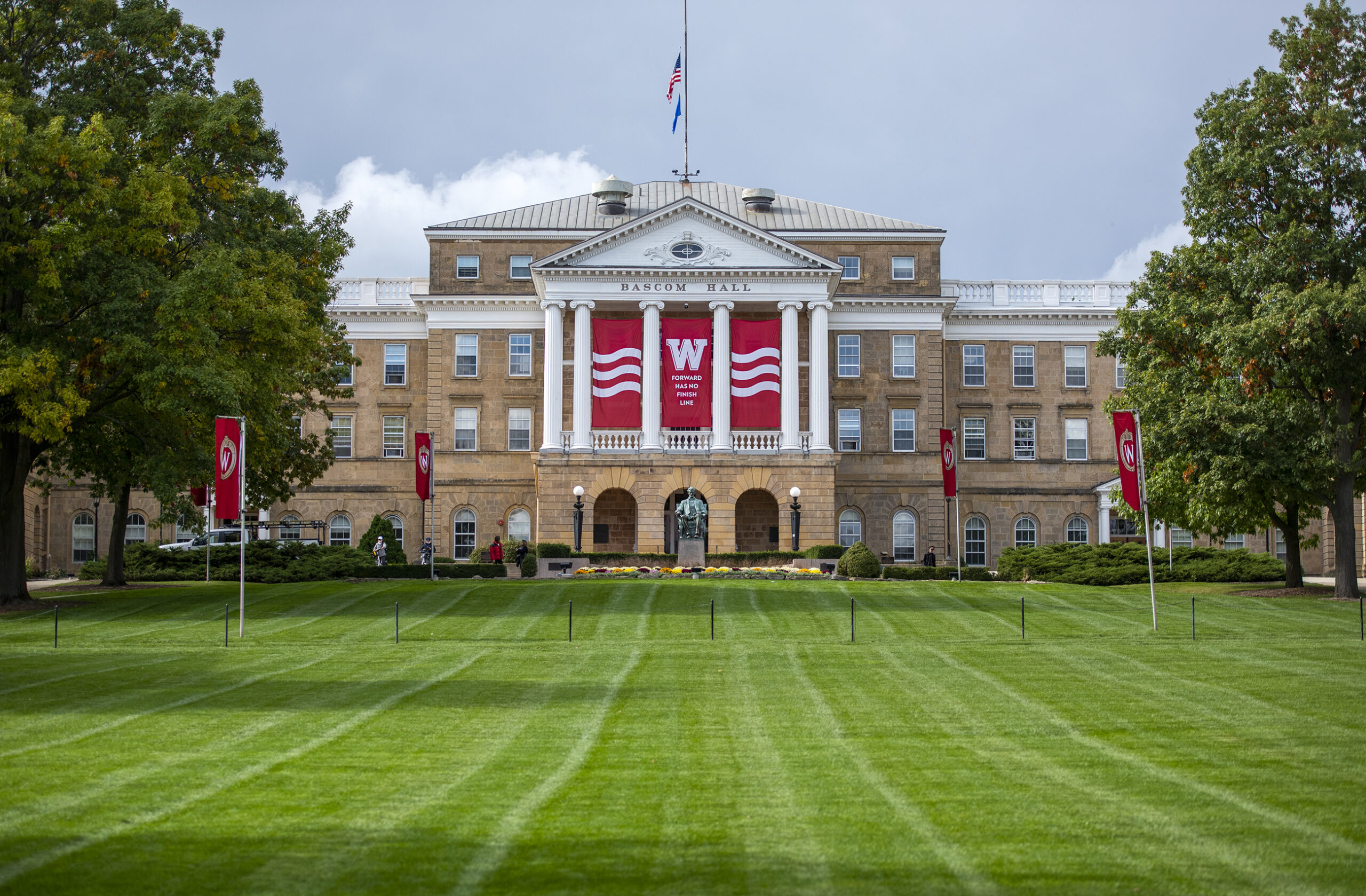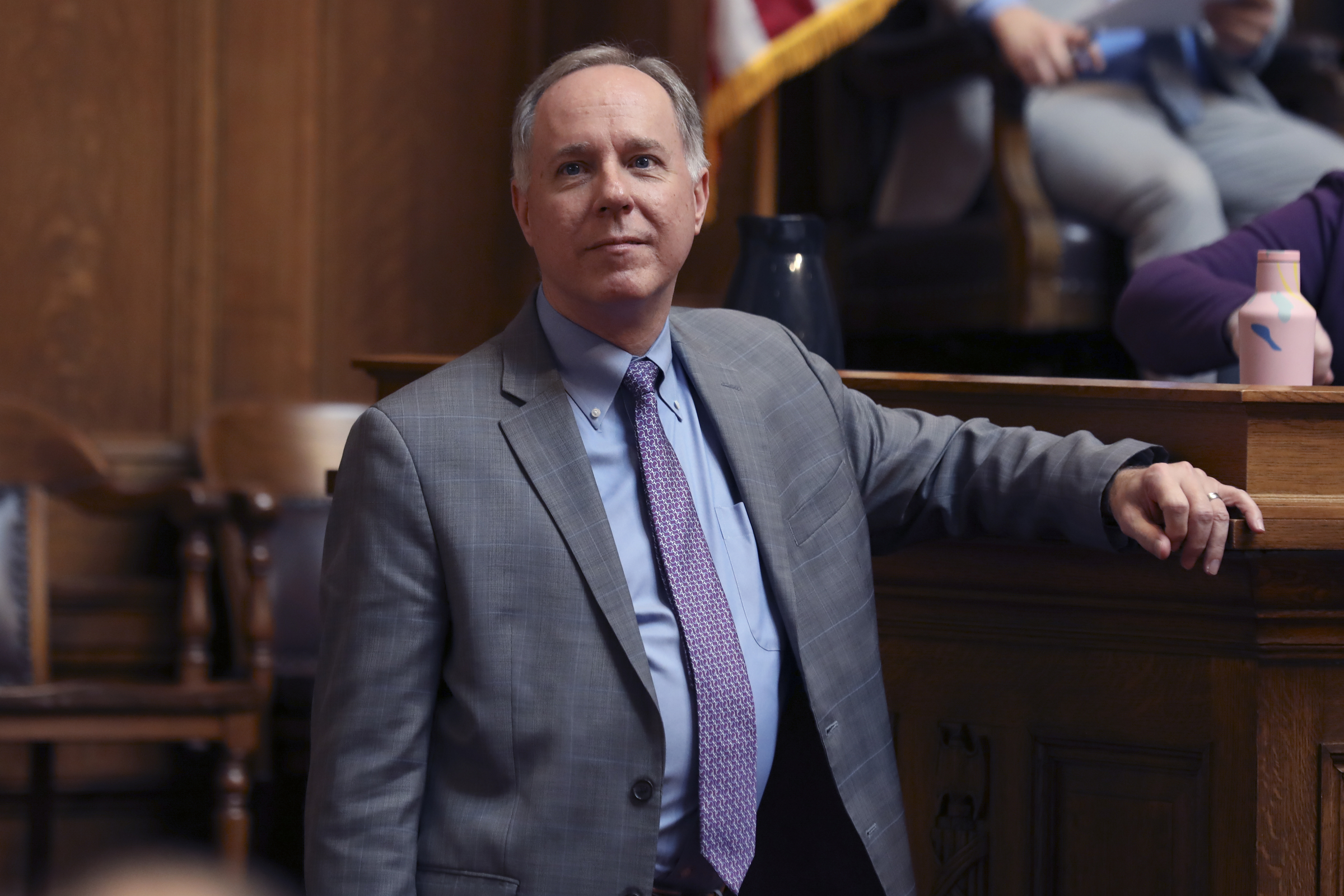University of Wisconsin-Madison spent $23.6 million in retention efforts this past year, according to a report released Friday by the university.
In 2015-16, the university reported a total of 232 efforts to retain tenured and tenure-track faculty. Out of those efforts, 144 were “responsive actions” to retain faculty who were being recruited by other universities. UW-Madison was able to keep 111, or 77 percent, of them on campus.
“Department chairs and deans worked tirelessly along with administrators up here in Bascom (Hall) putting together competitive packages to keep our best faculty here,” said Sarah Mangelsdorf, provost and vice chancellor for academic affairs, referring to the campus administration building.
Stay informed on the latest news
Sign up for WPR’s email newsletter.
During the year, $21.7 million was used for one-time funding for faculty members who decided to stay, such as purchasing equipment for research, paying for research assistants or to remodel research spaces. That money came from the Wisconsin Alumni Research Fund, private gifts and indirect cost recovery from federal research grants, Mangelsdorf said. The remaining $1.86 was used for salary increases.
Sara Goldrick-Rab was a professor of educational policy studies and sociology at UW-Madison. She left Madison for Temple University in Philadelphia in the spring. This year’s faculty retention is not progress, she wrote in an emailed statement.
“I’m disappointed to see academic leadership at UW-Madison tout their efforts to get faculty to trade job security and academic freedom for higher salaries,” Goldrick-Rab wrote. “It is supportive of a broader conservative attack on public universities which is undermining educational quality.”
Goldrick-Rab wrote in an online essay that she left because of the removal of tenure protections from state law. Earlier this year, the UW-System’s Board of Regents gave chancellors the authority to layoff tenured faculty if their programs are cut and to fire them for bad job performance.
“Instead of cheerleading, university leadership ought to have decried the attack on tenure throughout the University of Wisconsin System and alerted the public to the serious losses it took over the last year because of conservative politics,” Goldrick-Rab wrote in her email.
Goldrick-Rab also said it’s disheartening the report didn’t mention what she said was the disproportionate number of minority faculty who left.
This year, 29 faculty members accepted outside offers and the outcome of four had not been finalized, according to the report. The 2014-15 report showed UW-Madison lost 20 faculty and was able to retain 77 of the 100 who were being actively recruited by other universities.
Only instances where the university knew about faculty members being recruited or it was highly likely they would be recruited are included in the reports.
This year, UW-Madison recruited 69 faculty members for tenured or tenure-track positions, which is 70 percent of the total 99 offers made. The 99 offers made were lower than the 10-year average of 135, according to the recruitment efforts report.
Wisconsin Public Radio, © Copyright 2024, Board of Regents of the University of Wisconsin System and Wisconsin Educational Communications Board.

